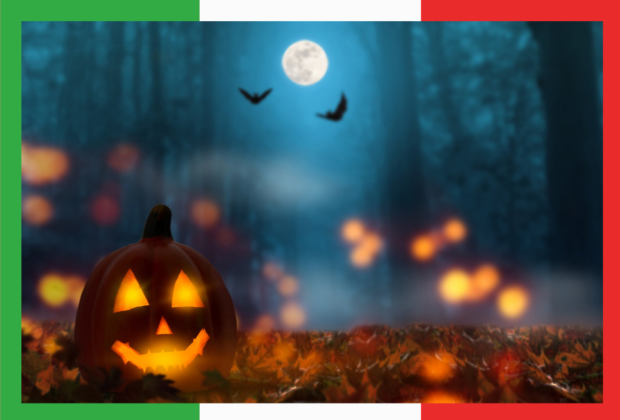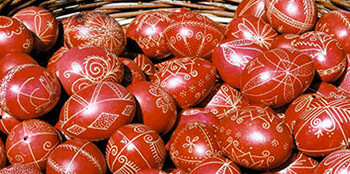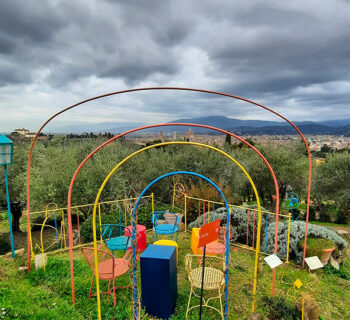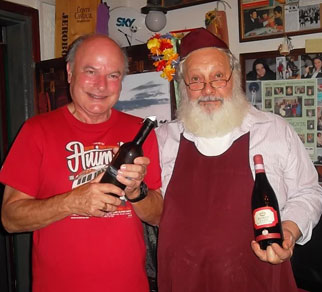Many still think that Halloween is an American tradition and that in Italy it has only been celebrated for a few years. Actually, the festival has Celtic origins and there have been traces in Italy for centuries.
The Celtic origin of Halloween
At the end of summer, before the arrival of the cold and sterile season, the Celtic New Year was celebrated in Ireland on October 31st. According to the liturgy of the Celts, on the eve of the new year the spirits of the dead were summoned to the world of the living and visited them.
The celebrations lasted three days, during which men and women wore masks to scare them and make them escape. To illuminate the path of souls, torches were lit and food and milk were left outside the door.
The Italian tradition
When the Catholic Church found itself facing the problem of pagan festivals, including that of Halloween, deeply rooted in popular customs, it understood that it was easier to incorporate them than to eliminate them. In response to Halloween, Pope Gregory II moved the feast of All Saints to November 1st; later, the Day of the Dead was also established, November 2.
Even the Halloween party is linked to that of All Saints: the word "Halloween" derives from "All Hallows 'Eve", and means "All Saints' Eve".
For this reason, from North to South there are many traces of this festival in the history of Italy. Pumpkins included!
In the Aosta Valley and Puglia, on the night of November 1st, bonfires are lit until dawn. In Sicily, tradition has it that between 1 and 2 November the "morticeddi" (little death) bring as a gift to the smallest sweets and biscuits called "crozze ri morti" (bones of the dead), also used in Veneto.
The famous "trick or treat?" recalls the Sardinian "su mortu mortu", which children, since the last century, have spoken knocking on the doors of the houses to ask for sweets and small offerings pro sas ànimas (for souls).
In Puglia to celebrate "the night of Purgatory" pumpkins are carved to insert lighted candles inside the candles. Lighted pumpkins were left in front of houses to drive the souls of the damned away from the evening banquet, to which only good souls were invited .
The carved pumpkin, usually traced back to the legend of Jack O'Lantern, is also found in Calabria as early as the mid-1950s when children carved a pumpkin to insert a candle inside and went to ask for sweets.
In Abruzzo, carved pumpkins as a personification of the dead are carried around by children to ask for sweets, fruit and money.
Scuola Leonardo da Vinci
Learn Italian in Italy in Florence, Milan, Rome, Turin and Viareggio
Latest posts by Scuola Leonardo da Vinci (see all)
- Black Friday Offer - Your Italian Journey Starts Here! - November 24, 2025
- The 5 Roman Expressions and Gestures You Must Know - November 3, 2025
- October in Viareggio: learning Italian between autumnal sea and romantic nature - October 27, 2025









